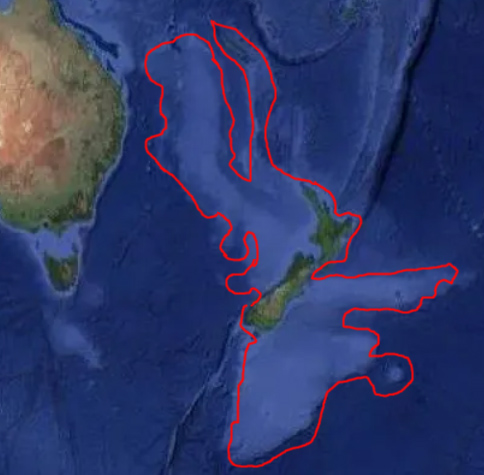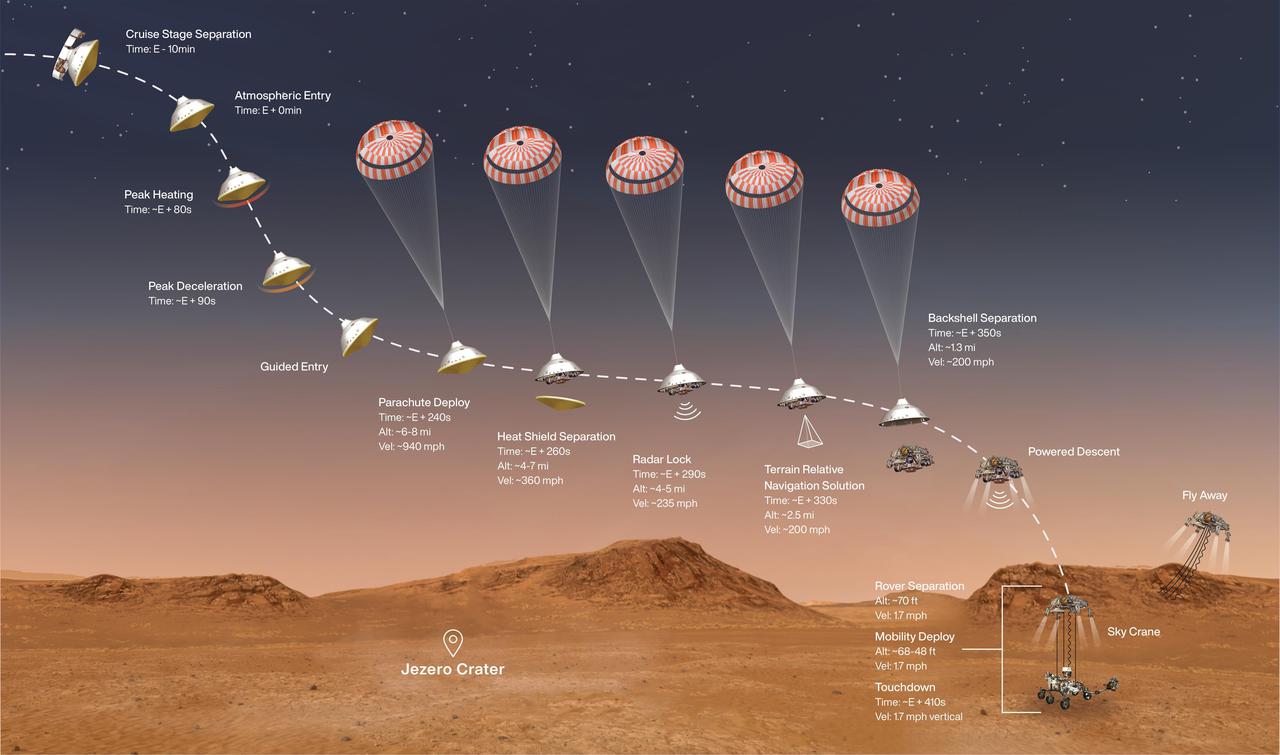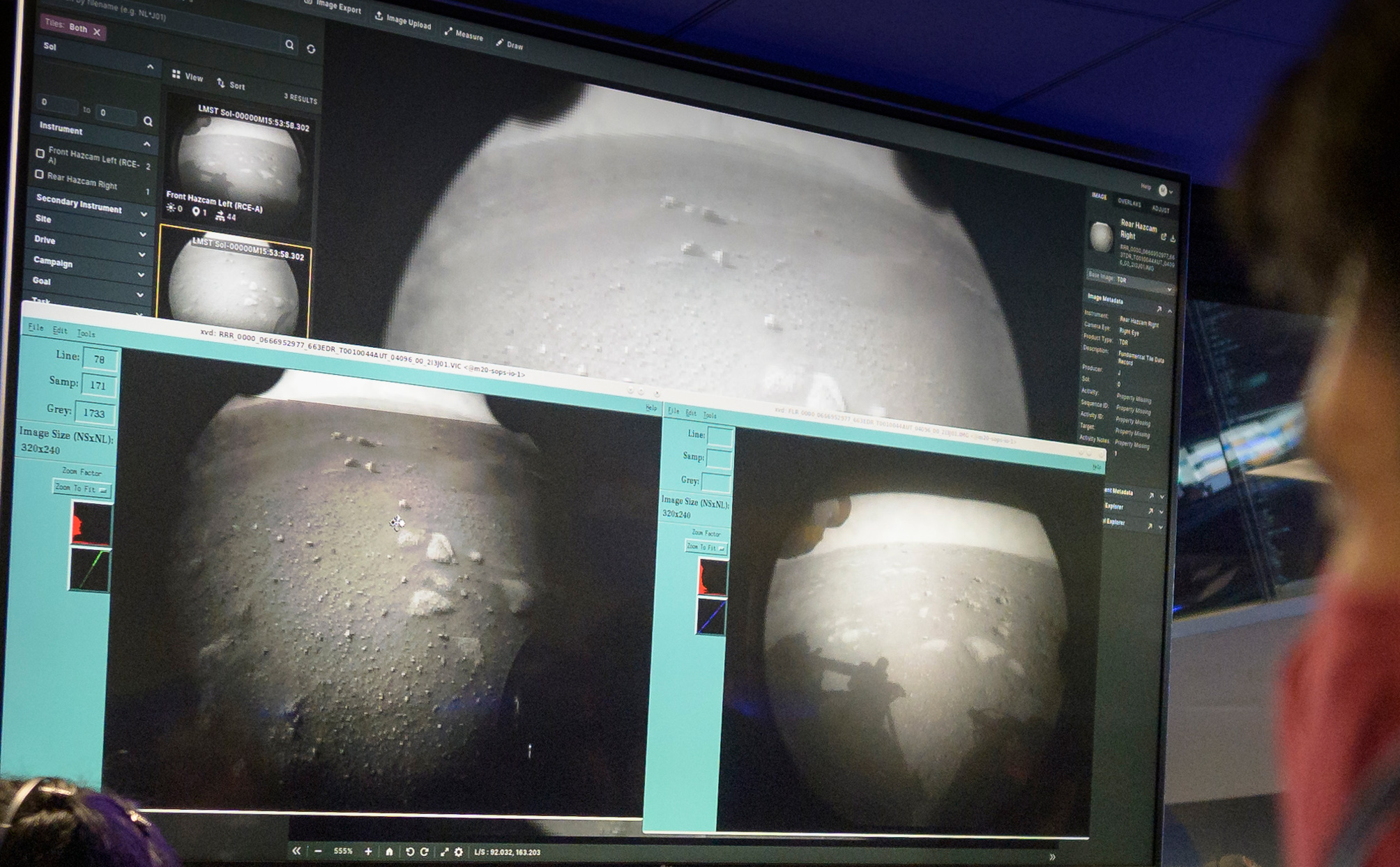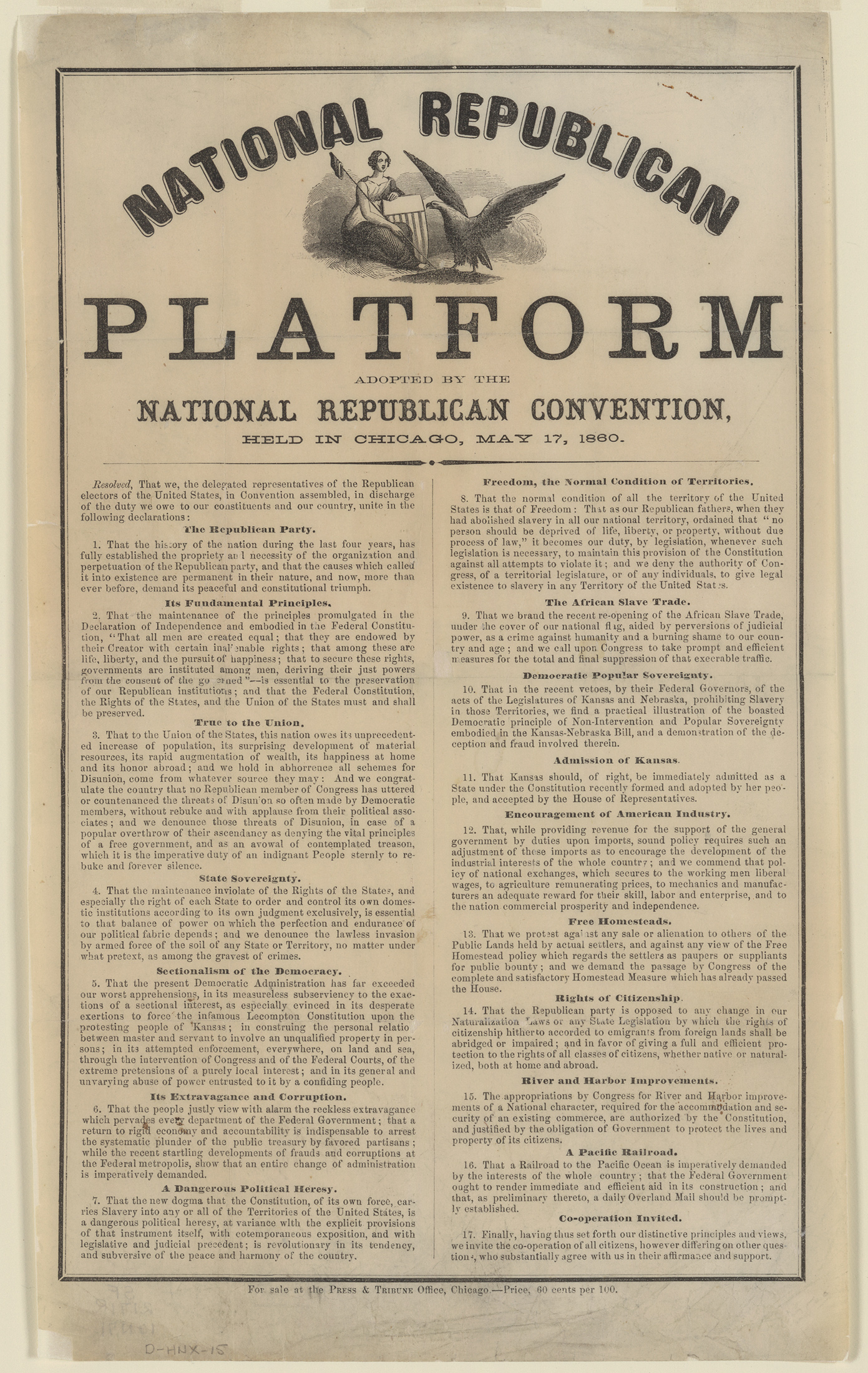Mars 360
Rover Perseverance 360 Degree View of Mars
Click On the Photo or Link, and Enjoy NASA’s New Panorama from the Red Planet!
One man Who's Got Something to Say About That
Click On the Photo or Link, and Enjoy NASA’s New Panorama from the Red Planet!
Click to Enlarge and Zoom In
First in war, first in peace, and first to have a birthday sale named after him, Washington expected the Battle of New York to be his first test as the new commander of the Continental Army during the American Revolution. His opponent, the Viscount Willam Howe, had other ideas.
Both commanders knew the city would have been destroyed had it been directly involved. But Washington used this map with the express purpose of fighting house to house in hopes of inflicting extensive casualties upon the much larger forces of the Crown.
Instead of a direct assault, Lord Howe landed his army outside of New York Harbor, on what is now Brooklyn, where the Battle of Long Island took place on August 27, 1776. Outnumbered and outflanked, it turned into a major defeat for Washington. But as historian David McCullough makes clear in his excellent book, 1776, it was Washington’s masterful series of strategic withdrawals that saved most of his army, and the future of the USA along with it.
The British commander repeatedly out-maneuvered the Americans before, during, and after the battle, so they were forced to withdraw further up Manhattan Island to the heights later named for General Washington. And then they skedaddled all the way across New Jersey to Pennsylvania. The city had been spared, only to have much of it burned to the ground in the Great Fire less than a month later, on the night of September 20.
Originally drawn by British Army engineer John Montresor, the specific map Washington used is housed in the collection at Yale University Library.
The City of New York in 1776. Broadway has 13 blocks (it is now 13 miles long.) What is City Hall today and its park were still an “intended square or COMMON.”
Part of Greenwhich Village and the estate of one Lady Warren (née DeLancey,) the recently deceased widow of the intrepid Admiral Sir Peter Warren of the Seven Years War with France, whose remains were interred in Westminster Abbey after an illustrious career in Parliament.
Never losing his nerve, George Washington survived to fight another day, and many other days yet to come, beginning with the surprise attack victory at Trenton, New Jersey, on Christmas Day, 1776.
Six years of savage fighting later, George Washington returned to New York to say bid farewell to his officers at Fraunces Tavern, which still stands at 57 Pearl Street. General Washington did not know he would soon return to the City of New York, the first national capitol of the United States America, were he served as its first President.
I first learned of this NYC map thanks to the very cool article in Smithsonian Magazine on Washington’s personal map collection, in November of 2010, currently available on line at the link below.
https://www.smithsonianmag.com/history/george-washington-and-his-maps-72194830/
New Zealand and New Caledonia are all that remain of a lost eighth continent, now known to science as Zealandia.

But at the time Zealandia was above water, what is now New Zealand’s South Island was positioned to the east of North Island, with its current southwest tip pointing to the northeast. It swung around to its current location with the continental plates long after the rest of Zealandia was lost beneath the briny waves.
Schoolchildren often imagine with wonder how islands are really the tops of underwater mountains. But in this case, the island nations of New Zealand and New Caledonia aren’t the tops of individual marine volcanoes; they are actually the highest parts of a continent half the size of Australia that contained its own species of land plants and air-breathing animals reaching back to the time of the Early Cretaceous, when Titanosaurs like this Saltasauras left their footprints as they grazed on the vegetation of Zealandia and co-existed with other exotic species known only by small fossil fragments.

More interesting to me is the fact that much of land remained above the waves until “only” about 25 million years ago, meaning the dinosaurs had nearly 20 Million years to evolve into unique species after Zealandia separated from Australia, and some 40 Million more years followed their extinction, when unknown lifeforms replaced them and continued to evolve on what is now the lost continent of Zealandia.
This BBC article reveals fascinating details about 400-year search to find the predicted “eighth continent” once thought to be hiding somewhere between Australia and South America, and the modern scientists who eventually found out what happened to it.


Would that Dr. Sagan had lived to see it!

I have loved “The Ninth” since I was little, long before I ever knew of its Kubrick connection or any other pop culture references. And not only does this do a marvelous job of explaining some of the sneaky brilliance Beethoven put into the first three and a quarter movements before singing starts, the HD fidelity of the short musical excerpts is breathtaking! Put on your best headphones.
Personally, I feel this conductor is a little too break-neck in his fourth movement tempos, even if as conductor of the Pittsburgh Philharmonic he is considered a top Beethoven interpreter. But I am going to seek out and buy the recording in none the less.
But I must be careful. This is heap big magic. Uber powerful stuff that I know it too well.
Like “Wish You Were Here” and side 2 of “Abby Road,” if I even start to think about the opening of such albums, the entire thing will play in my brain note for note and there isn’t much I can do to stop it.
If you stood at the edge of the sea in North or South America and good look way to next land mass, this is what you would see.
